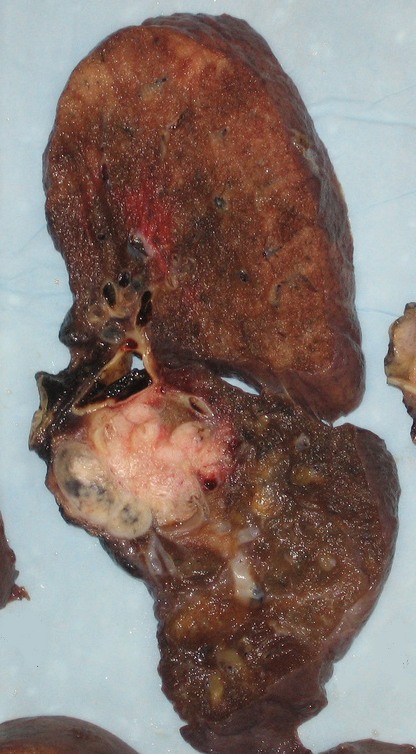Addiction, Author Interviews, Cocaine, Diabetes, Methamphetamine / 07.08.2021
New Approach to Addiction: Diabetes Drug May Curb Cravings and Protect Brain White Matter
MedicalResearch.com Interview with:
Joy M. Schmitz, Ph.D.
Professor of Psychiatry Faillace Chair
McGovern Medical School
The University of Texas Health Science Center at Houston
Director, Center for Neurobehavioral Research on Addiction (CNRA)
Scott D. Lane Ph.D.
McGovern Medical School
Vice Chair For Research
Director Of Neurobehavioral Laboratory
Center For Neurobehavioral Research On Addiction
Director Of Research
University of Texas Health Science Center at Houston
Houston, TX
MedicalResearch.com: What is the background for this study?
Response: Addiction science has made considerable progress in understanding how cocaine and other addictive drugs impair the brain. Over time, cocaine can disrupt brain regions that help us think, plan, solve problems, and exert self-control. These disruptions in brain structure can be seen in neuroimaging studies that reveal impairment in the nerve fibers or white matter (WM) tracts in the central and front parts of the brain. We conducted two systematic meta-analytic reviews of the literature to document the robustness of evidence showing alterations in WM integrity of chronic stimulant users relative to healthy control subjects who did not use cocaine or other drugs of abuse (Beard et al., 2019; Suchting et al., 2020). Importantly, WM impairments negatively predict treatment outcome, meaning individuals with greater levels of WM impairment are less likely to benefit from treatment and more likely to experience deficits in attention, working memory, and impulse control.
We reasoned that pharmacological interventions shown to protect WM integrity may help improve cognition and treatment outcomes in patients recovering from cocaine addiction. Pioglitazone, an approved medication for type 2 diabetes, has been shown to reduce inflammation and mediate protection after traumatic brain injury. The therapeutic potential of pioglitazone has prompted investigation of its role in neurodegenerative conditions, such as dementia, Alzheimer’s disease, and stroke. Similar to these brain diseases and injuries, pioglitazone might effectively protect the brain from the inflammatory damage created by cocaine use. (more…)










 MedicalResearch.com Interview with:
Eleonora Leucci, Ph.D Assistant Professor
Laboratory for RNA Cancer Biology
Department of Oncology
KU Leuven
MedicalResearch.com: What is the background for this study?
Response: Back in 2016, while I was characterising the RNA SAMMSON as essential for mitochondrial translation in melanoma, I noticed that its inhibition was causing cell death across a large spectrum of melanoma cell lines and models, irrespectively of their genetic background and cell state. At that time I still did not know why the effect was so pronounced on melanoma cells, but I knew that antibiotics of the tetracycline family could also block mitochondrial translation and I thought about repurposing them to treat melanoma.
MedicalResearch.com Interview with:
Eleonora Leucci, Ph.D Assistant Professor
Laboratory for RNA Cancer Biology
Department of Oncology
KU Leuven
MedicalResearch.com: What is the background for this study?
Response: Back in 2016, while I was characterising the RNA SAMMSON as essential for mitochondrial translation in melanoma, I noticed that its inhibition was causing cell death across a large spectrum of melanoma cell lines and models, irrespectively of their genetic background and cell state. At that time I still did not know why the effect was so pronounced on melanoma cells, but I knew that antibiotics of the tetracycline family could also block mitochondrial translation and I thought about repurposing them to treat melanoma.



















